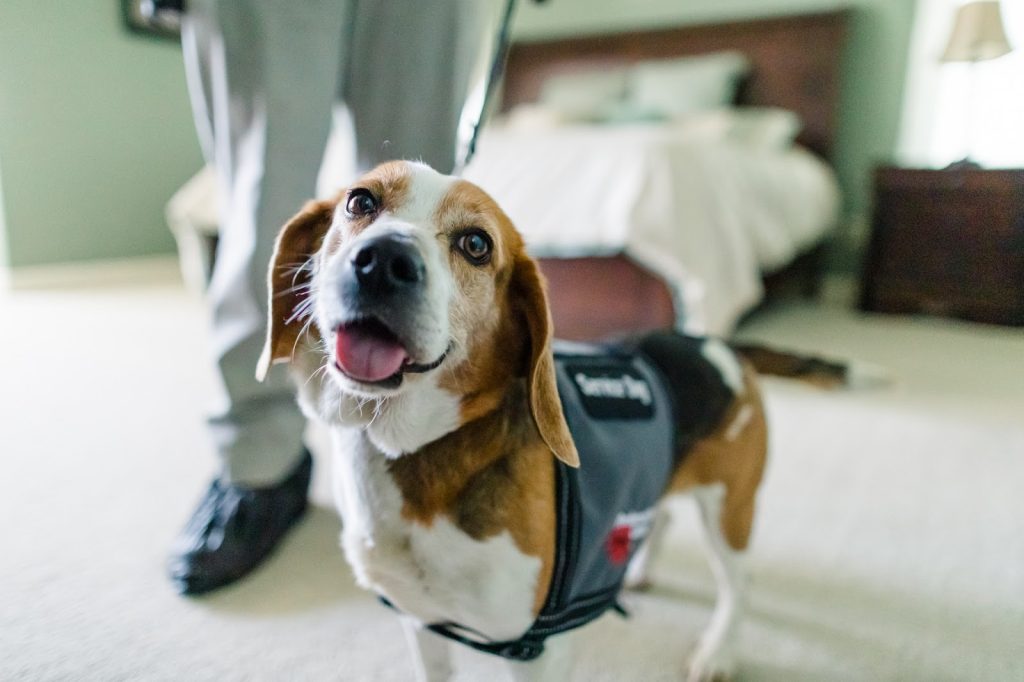Bed bug infestations are on the rise in homes, hotels, and apartment buildings across the United States. These sneaky pests can be very hard to catch in the early days, so they will often be hiding in mattress seams, gaps in furniture, and wall voids during the day. Conventional inspection approaches are labor-intensive and can overlook early infestations. Meet the latest allies in pest detection: specially trained dogs. These four-legged weenies are changing the game for pest control pros, helping them find and prove bed bugs are there.
Dog inspection teams are now a powerful weapon in the battle against these resilient parasites, with detection accuracies as high as 97% in controlled studies. Using a unique blend of a dog’s super sense of smell with specific training methods, this method can provide a fast and reliable detection solution and help Exterminator in Rockwall.
Can Dogs Sniff Bed Bugs?
Yes, dogs are able to sniff out bed bugs with great accuracy. Bed Bug Dog Their acute sense of smell allows dogs to identify the exact pheromones and scents emitted by bed bugs, even when they are hiding in small numbers or hard-to-reach areas.
Dogs have about 300 million olfactory receptors compared to only 6 million in humans, giving them 10,000 to 100,000 times the sensitivity — if not more. With the proper training, dogs are able to detect insects with an accuracy rate of 95-98% in a controlled environment. This sensitivity allows them to detect as few as one or two live bed bugs or viable eggs, sometimes even before visual signs of an infestation appear. They are able to search a room in 2-3 minutes on average, an athletic gain compared to, for instance, the visual inspection, which could take 20-30 minutes per room with a lower detection rate.
How Dogs Sniff Bed Bugs?
Training Methodology
These dogs are required to finish 800-1,000 hours of training before they can work as professional bed bug detection dogs. Dogs are rewarded when correctly identifying the scent of live bed bugs or viable eggs based on positive reinforcement techniques. Training starts with basic scent identification and grows in complexity until it includes realistic situations with multiple distractions. To maintain a consistent quality of detection abilities, the NESDCA and World Detector Dog Organization (WDDO) have created certification standards.
Inspection Process
Handlers methodically move their canine partners through the designated areas during an inspection. When they pick up a bedbug scent, the dogs are trained to give a specific alert sign — usually a sit or down. Professional teams follow strict protocols to avoid contamination between inspection sites. The handler guides the dog through an inspection, encouraging the dog to check particular areas while watching for the dog’s “indications” that an explosive has been located. According to research, canine teams can check 20 rooms per hour, while traditional visual inspection can check only 2-4 rooms per hour.
Accuracy Factors
Detection accuracy is affected by several factors. The breed of dog is less important than its individual aptitude—the beagle, labrador, and Belgian Malinois are commonly used. Handlers must have ongoing training and practice with known samples to maintain their skills. Performance can be affected by environmental issues, from extreme temperatures to competing odors to the handler effect. Trained dogs can maintain accuracy rates above 90 percent under ideal working conditions. In comparison, their accuracy in more challenging environments can drop to around 80-85 percent yet still remain significantly more accurate than simply relying on human visual inspection.
Offering an alternative to traditional pest control methods, these specialized teams emphasize efficiency, precision, and non-invasive inspection techniques. Bed bug infestations plague owners of residential and commercial properties nationwide, and highly trained detection dogs offer an early warning system, saving thousands of treatment costs with early intervention.


Comments are closed.